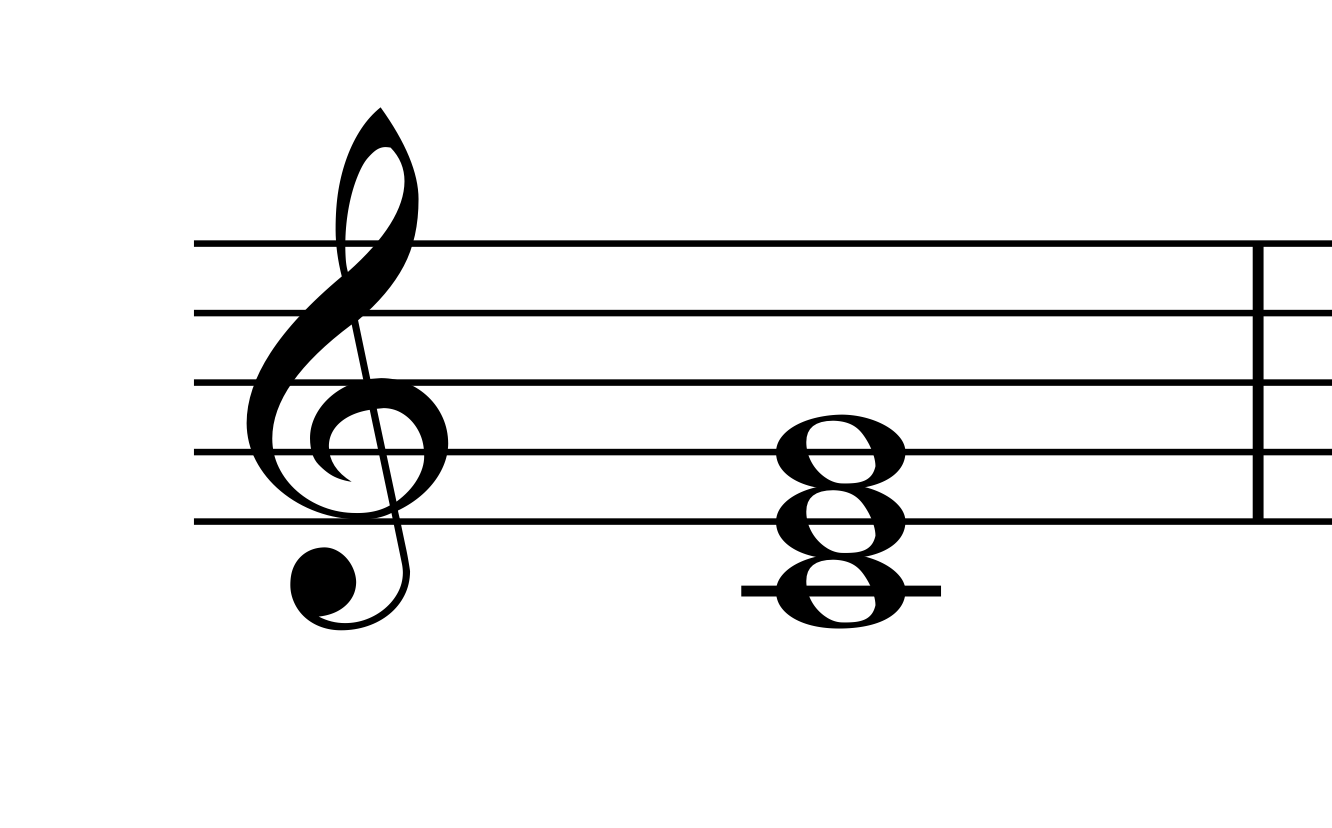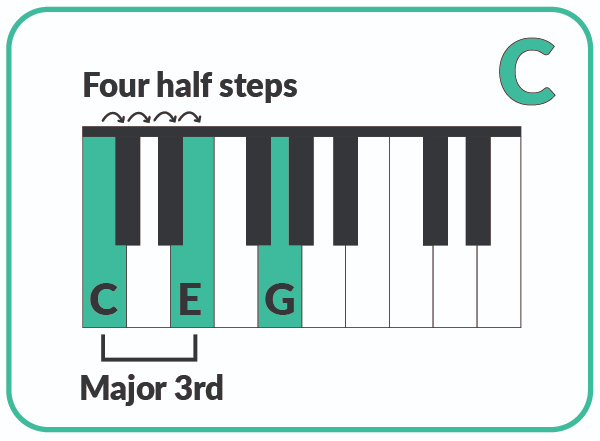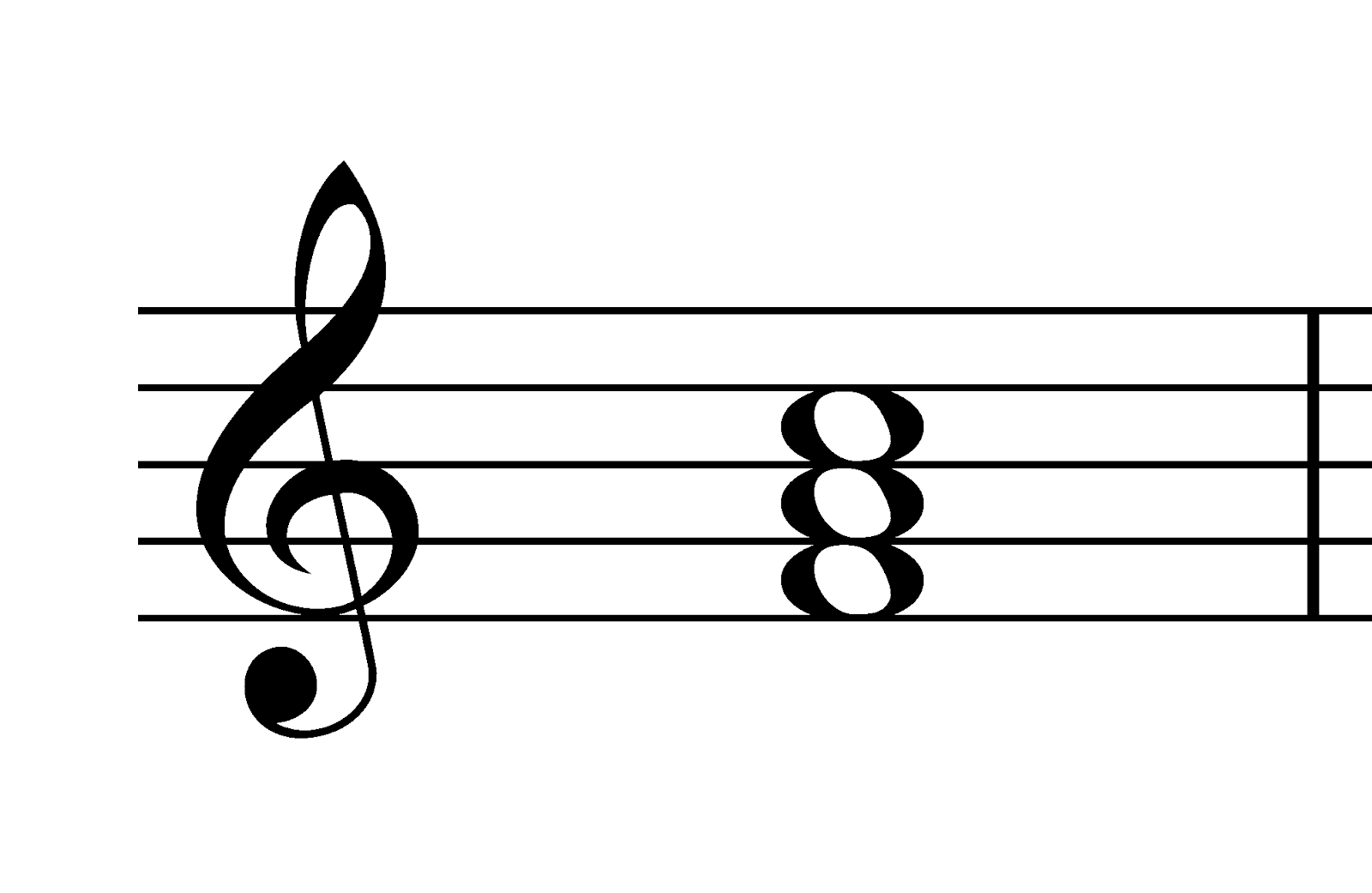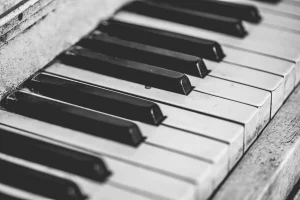When exploring major and minor chords and scales, you’ll notice that these two tonalities form the main foundation of harmony in Western music. Whether you’re building a chord progression or analyzing a melody, understanding the differences between major and minor chords is essential knowledge for every pianist.
- Fall in love with the music - Learn your favorite songs, at a level suitable for you.
- Enjoy interactive piano lessons - Explore courses covering music theory, technique chords & more.
- Get real-time feedback - Skoove's feedback tells you what went well and what needs practice.

What is the difference between major and minor chords?
The key difference between a major and minor chord lies in the 3rd note of the scale.
- Major chords are built using the 1st, 3rd, and 5th notes of the major scale.
- Minor chords include the 1st, flattened (lowered) 3rd and 5th notes of the same scale.
To identify whether a chord or scale is major or minor, use this simple formula:
- A major scale/chord always contains a major 3rd, while
- A minor scale/chord always contains a flattened (or minor) 3rd.
This change gives minor chords their characteristic somber or melancholic sound. It also highlights the major vs minor sound contrast. Music is built on patterns and once you understand these foundational concepts you’ll be able to navigate between major and minor chords effortlessly.
How major and minor chords are constructed?
The difference between major chords and minor chords comes down to one simple change: the 3rd. Both types of chords can be constructed in multiple ways, so the best method is whichever works best for you.
1. Using Scales
Playing in major and minor keys on piano makes it easy to create chords.
- For a major chord, play the 1st, 3rd and 5th notes of the major scale together.
- For a minor chord, play the 1st, flattened 3rd and 5th notes of the major scale.
This method connects directly to the notes of the major scale, helping you quickly identify and construct chords.
2. Using Intervals
Alternatively, you can use intervals by counting semitones. For example:
- A major third spans 4 semitones.
- A minor third spans 3 semitones.
Counting these intervals can help you identify the chord’s quality with precision.
3. Identifying major & minor chords
There are three ways of identifying major and minor chords.
- Recognising the chord from the sound of the chord
- Recognising the chord from the intervals used in the chord
- Recognising the chord from the chord symbols on the music
4. Recognising the chords from its sound
Ever wanted to learn how to play piano by ear? Distinguishing between the minor vs major chord tonality is a great place to start.
Schubert Impromptu Number 2, D93 exemplifies the power of juxtaposing major and minor. In this example you can also practice your recognition of major and minor inpiano chord progressions. Schubert often uses the technique of moving from major to minor and back to major to bring a sense of pathos, tension and story telling to his music.
The more you practice listening for and identifying major and minor chords the quicker your listening skills and your ear will develop!
5. Recognising the chord from the intervals used in the chord
This method is grounded in theory and through simply counting the semitones between the notes of a chord you can work out if it is major or minor. Many people use this as a way of checking their ear has identified the chord correctly.
What you need to know?
There is only 1 different note in C major andC minor or any major and minor chord with the same root note:
- Major chords start with a major 3rd followed by a minor 3rd
- Minor chords start with a minor 3rd followed by a major 3rd
- A major 3rd is 4 semitones
- A minor 3rd is 3 semitones.
Constructing a C major chord
- Start on C (the root note).
- Move 4 semitone steps: C → C# → D → D# → E.
- This interval (C to E) forms a major 3rd.
- From E, move 3 semitone steps: E → F → F# → G.
- This interval (E to G) forms a minor 3rd, completing the chord.
The resulting notes are C, E, G, creating a C major chord. You can use this to work out the tonality of any chord you play providing it is in root position. You know a chord is in root position when it follows the pattern in a major scale:
play a note – skip a note – play a note – skip a note – play a note.


Constructing a C minor chord
- Start on C (the root note).
- Move 3 semitone steps: C → C# → D → Eb
- This interval (C to E) forms a minor 3rd.
- From Eb, move 4 semitone steps: Eb → E→ F → F# → G.
- This interval (E to G) forms a major 3rd, completing the chord.
As before you know a chord is in root position to identify the tonality when it follows the pattern in a minor scale:
play a note – skip a note – play a note – skip a note – play a note.


6. Recognising the chord from chord symbols
This method is based on understanding chord notation as it is written in a lead sheet or in pop music. These are the basics which you can build on over time.
- The letter name gives you the key note or starting note of the chord
- A lower case ‘m’ tells you the chord is minor
- If the chord is major it will simply appear as the starting note of the chord, for example, D is D major.


Let’s play some music with chord symbols. Here is King of Pop Patterns. It uses C, G, F majors and A minor. Use the hand and keyboard image on the Skoove app to make sure you are using the correct fingering. It is important in developing your hand shape.
How to use chords to improve your musical skills?
1. Use chords to develop your technique
It is clear to see how the more familiar pianists become with major and minor chords the better they will be able to play. Practicing piano chords will develop technique as well as chord recognition.
Use this progression from Unchained Melody to develop your technique.
2. Use chords to grow your repertoire
If you do not know about 4-chord songs here is a fun introduction: learn these 4-chords to play all those songs:
C major (I), G major (V), A minor (vi), F major (IV)
3. Use chords to improve note reading through pattern recognition
Patterns appear everywhere when you start to get to grips with music theory. When you see chords in your music, train your eyes to read the bottom note first. Then use pattern recognition to read the intervals of other notes. Focus on identifying the interval between the notes and play the cords based on these recognizable patterns and improve your playing. Notice how a root position chord has notes all on either lines or spaces of the stave:
E Minor
 F major
F major
4. Use chords to improvise
Improvising on a chord sequence is a great way to begin exploring the contrast between major and minor chords and how, in sequence, they can be a highly expressive musical device. Try it out now with this sequence in the left hand:
- C major (I) – C, E, G
- G major (V) – G, B, D
- A minor (vi) – A, C, E
- F major (IV) – F, A, C.
The right hand can pick out a melody. If you are new to this, start with long melody notes.
Major and minor song examples
The Skoove app is a great place to put your newfound understanding of major and minor chords to the text all while exploring your favourite songs.
“All the Things You Are” – Frank Sinatra
This jazz classic has a beautiful chord progression featuring a variety of different major and minor chords and is a great way to begin understanding and adding them to your repertoire.
“Another One Bites The Dust” – Queen
This rock anthem shows the real power of major and minor chords. The static A minor chord in the hook makes use of a single chord to great effect.
“Always Look on The Bright Side of Life” – Monty Python
This jaunty comedy number shows the bright uplifting quality of the C major chord and tonality to great effect.
Conclusion
Now you understand the difference between major and minor is essential for any musician. Mastering major vs minor concepts helps you recognize tonal shifts, improve ear training and add emotional depth to your music. With consistent practice and tools like online piano lessons, you’ll confidently navigate between major and minor degrees, enriching your musical journey.
Author of this blog post:
Susana Pérez Posada

With over seven years of piano education and a deep passion for music therapy, Susana brings a unique blend of expertise to Skoove. A graduate in Music Therapy from SRH Hochschule Heidelberg and an experienced classical pianist from Universidad EAFIT, she infuses her teaching with a holistic approach that transcends traditional piano lessons. Susana’s writings for Skoove combine her rich musical knowledge with engaging storytelling, enriching the learning experience for pianists of all levels. Away from the piano, she loves exploring new places and immersing herself in a good book, believing these diverse experiences enhance her creative teaching style.
Published by Lydia Ogn from the Skoove team
















